Listeners:
Top listeners:
-
play_arrow
Vibrant Radio
-
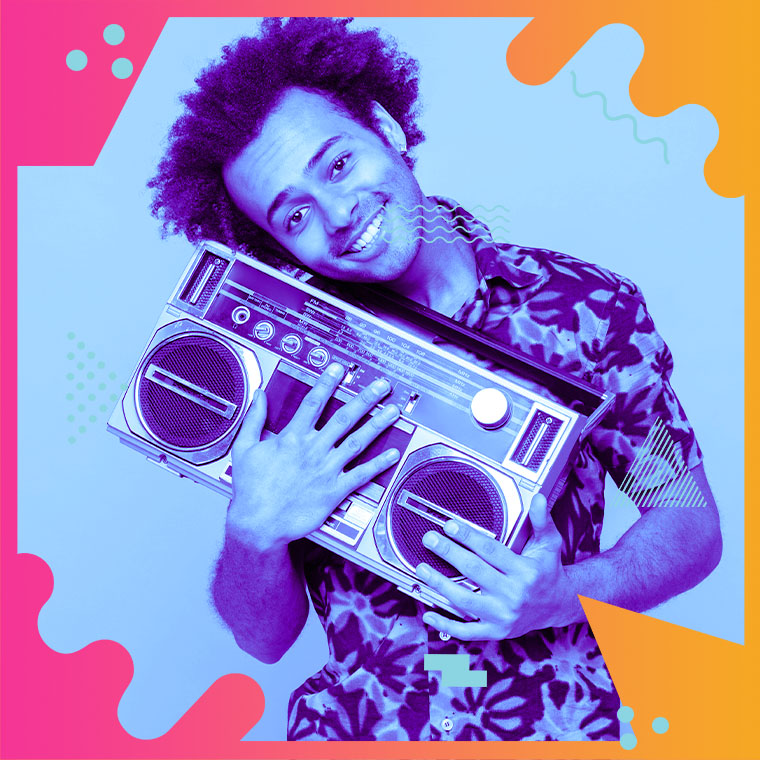 play_arrow
play_arrow
Top Techno Podcast Yana Bolder
-
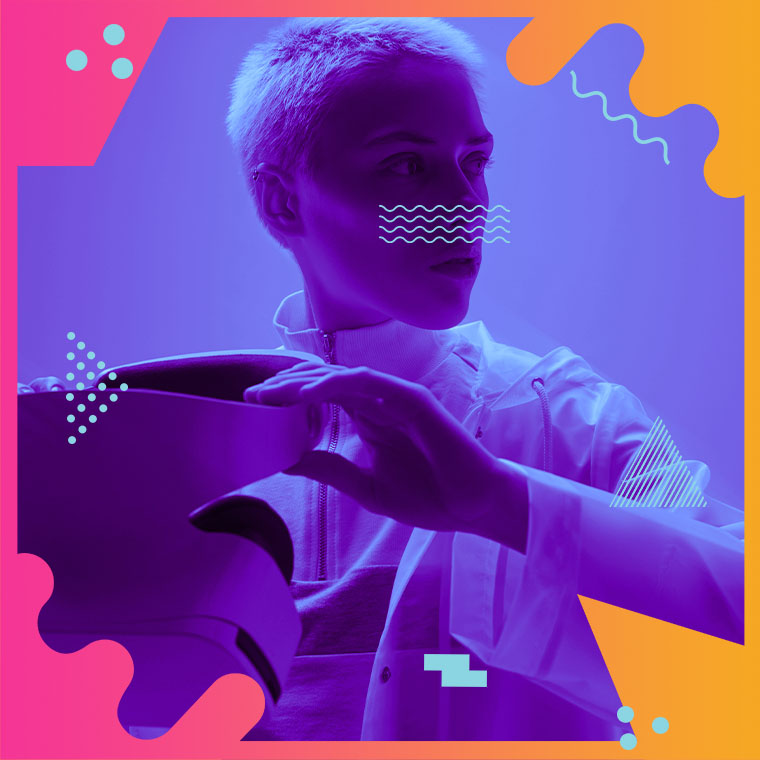 play_arrow
play_arrow
Summer Festival Podcast Robot Heart
-
 play_arrow
play_arrow
Berlin Sound Podcast Robot Heart
-
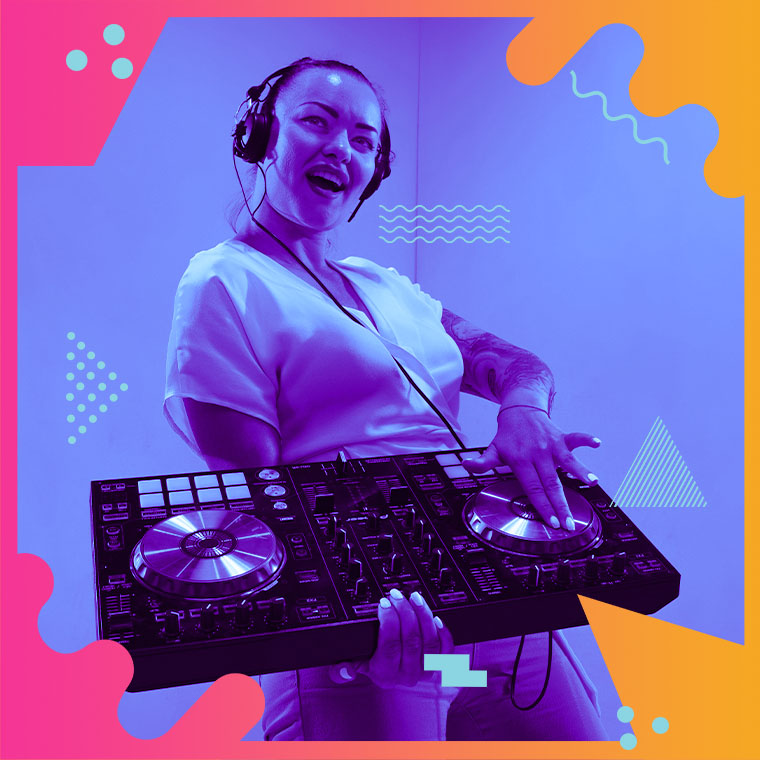 play_arrow
play_arrow
Electronic Trends Podcast Aaron Mills
-
 play_arrow
play_arrow
New Year Eve Podcast Robot Heart
-
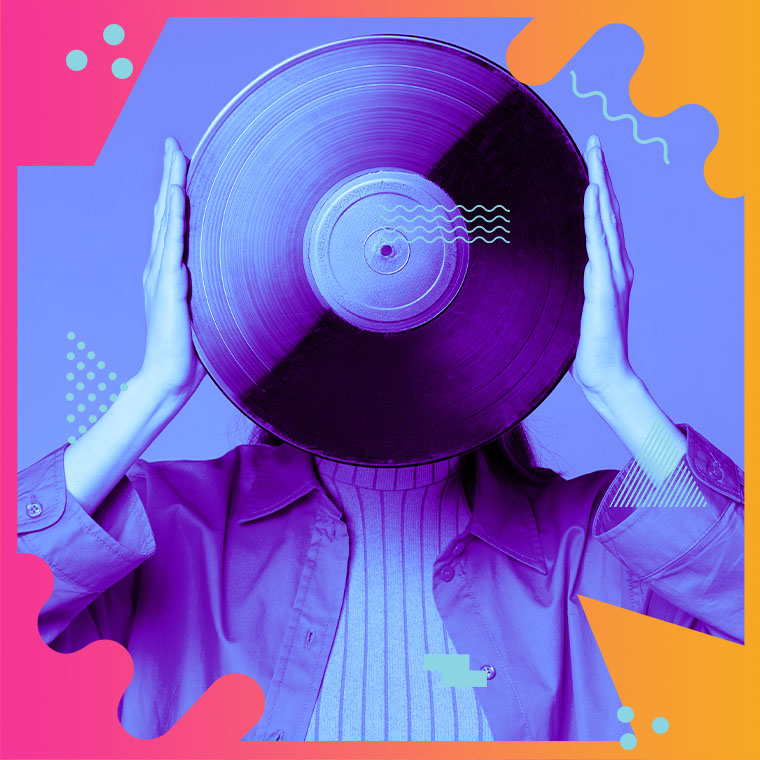 play_arrow
play_arrow
ADE podcast Robot Heart
-
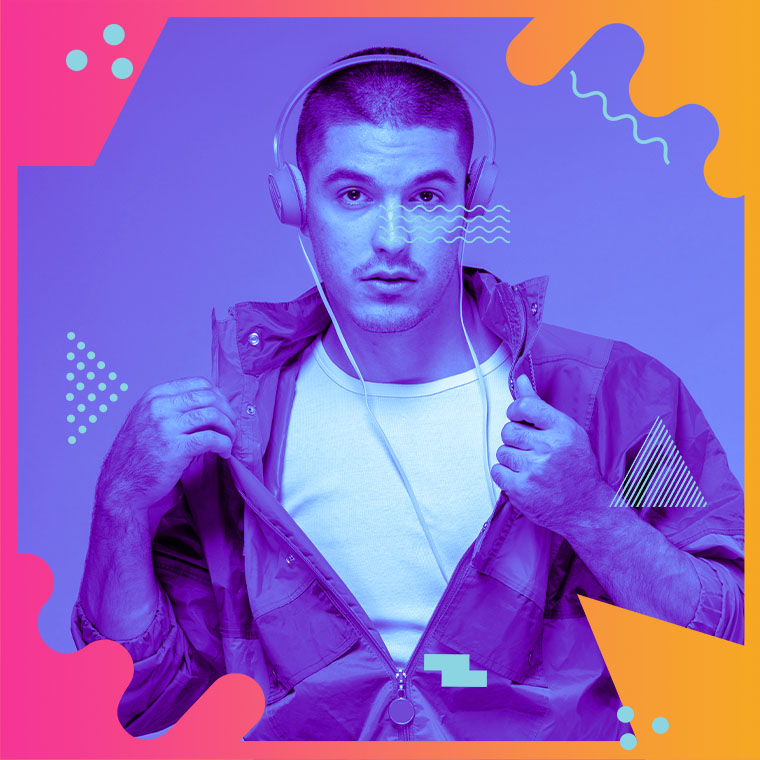 play_arrow
play_arrow
Techno Podcast Robot Heart
-
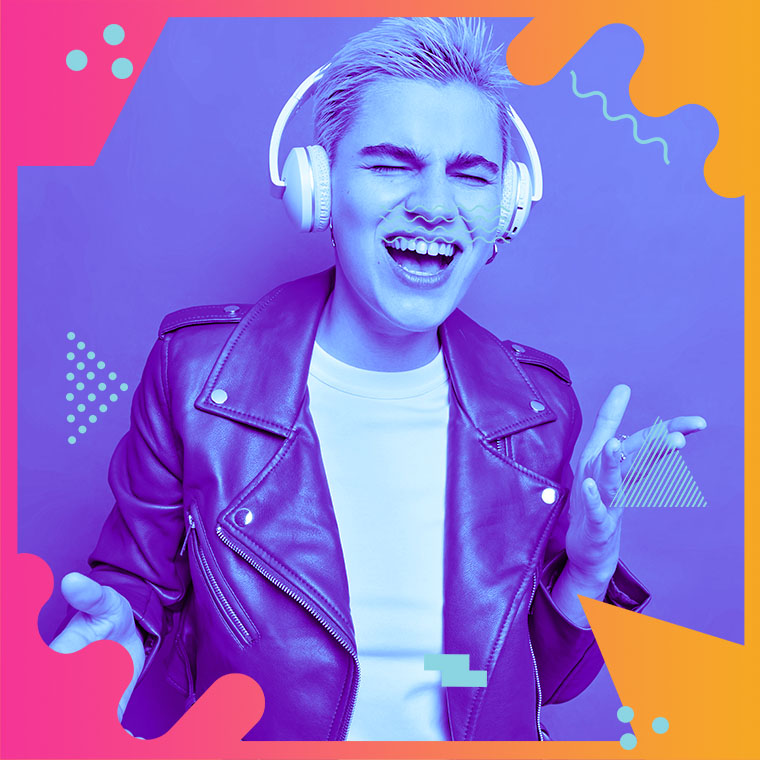 play_arrow
play_arrow
Flower Power Festival Podcast Robot Heart
-
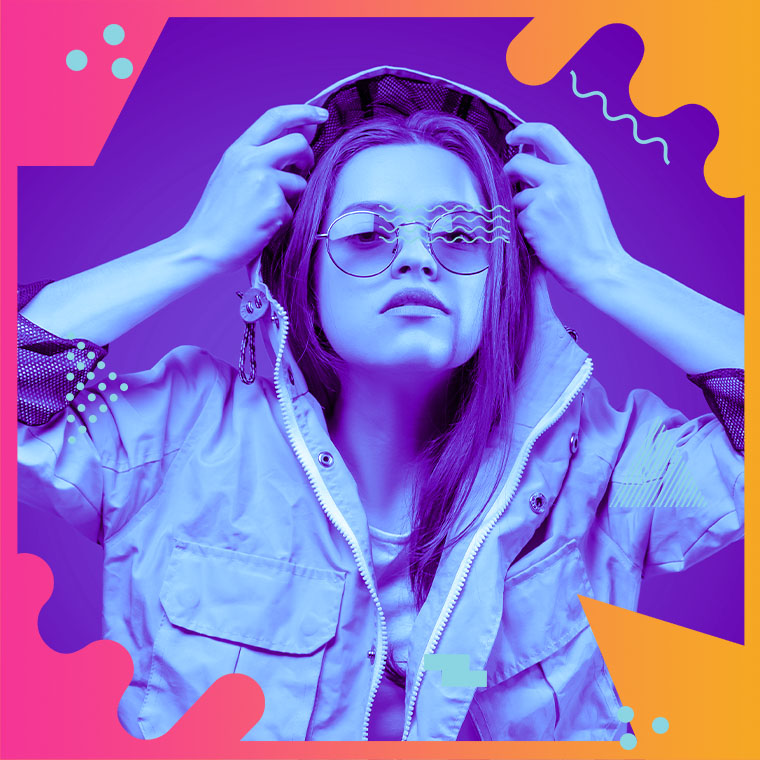 play_arrow
play_arrow
Tech House Podcast Robot Heart
-
 play_arrow
play_arrow
Winter Festival Podcast Robot Heart
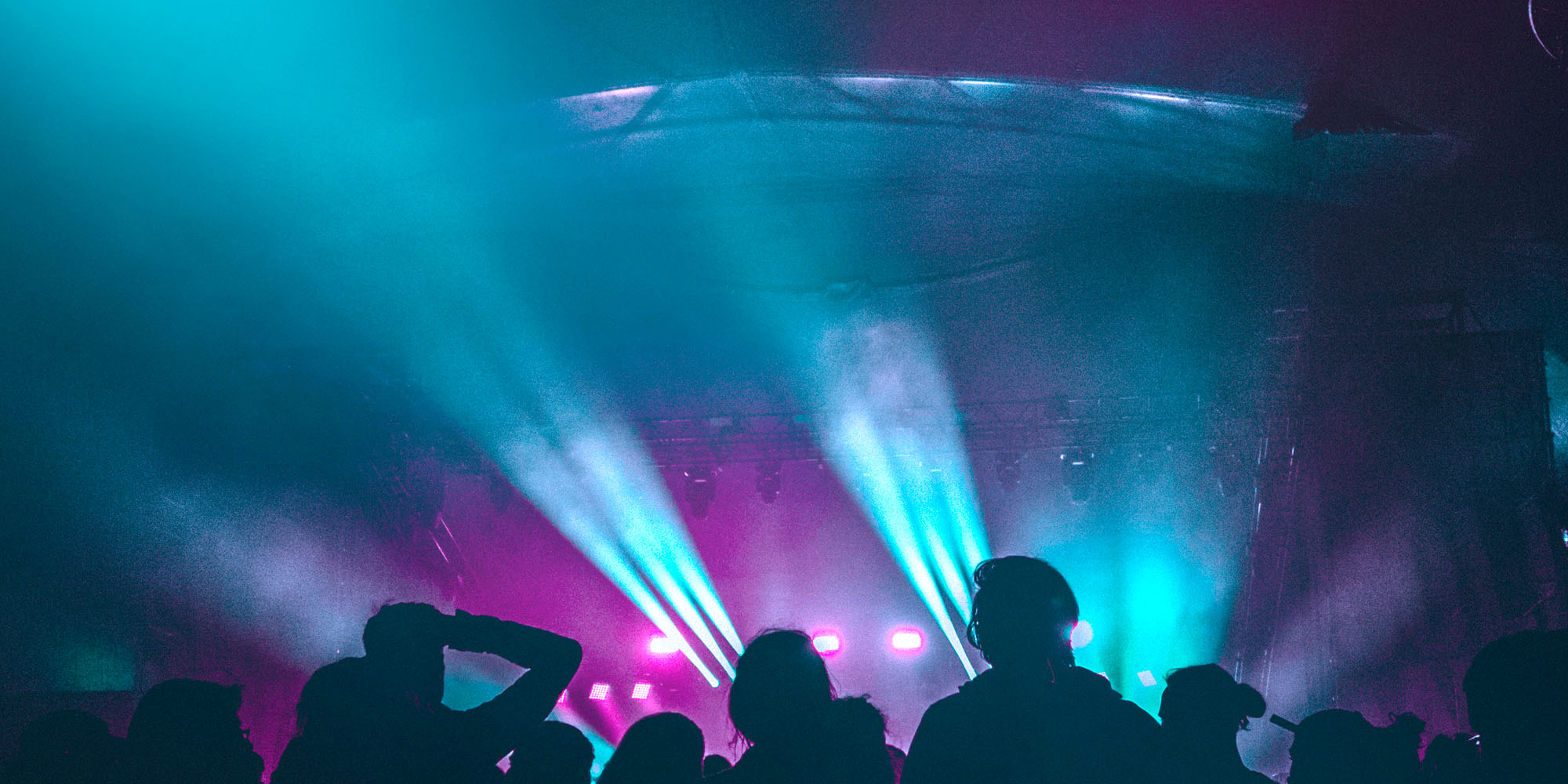
Over the past couple of years, we have seen an exponential growth in the number of artists who release visual components (beyond the album cover) along with their projects. Whether this be in the format of connected music videos, Spotify visualisers or even feature-length films. This has dated back all the way to the 60s, with notable artists like The Beatles releasing visual albums. Since then, Prince, Michael Jackson, 50 Cent, Sia, Janelle Monáe and more have followed suit. There are a multitude of reasons why an artist may decide to do this, but the question lies in why artist are opting for this release strategy now, and whether it is helpful or harmful to the release of their album.
In my opinion, one of the greatest visual albums to date has to be Beyoncé’s Lemonade, a response to the singer’s husband and father of her children, Jay-Z, being unfaithful towards her. The album dropped with a supporting musical film, one of which helped to capture the emotions, perspective and influences that were poured into the visionary’s project.
This definitely sparked a new sensation into other artists, who were aware of a concept album, but had not considered that it could be elevated into a visual masterpiece as well as an audio sensation. I believe a reason behind artists who are opting for visual albums is their newly discovered ability to harness more creative control. Adding visuals can help an artist feel their authentic perspective and overall vision is being accurately relayed to their audience.
Implementing new ways of releasing music can also, practically, have an impact on the artists’ ability to thrive in the somewhat cutthroat music industry. Emerging trends have seen some singers immediately skyrocket into fame from the release of one track. This stems from the magnanimous power of virality in our age of social media. TikTok, Instagram, Twitter etc. are the most practical ways in which an artist is thrown into discourse, and their music is being shared globally from the tap of a virtual button.
TikTok is an artist’s main challenge, and being able to take advantage of it can, most of the time, require them to create a visually striking accompaniment to their music. TikTok is all about viral videos, and audios gain traction through a dance challenge, a new trend, or by its inexcusable visuals. Eye-catching imagery is a great way to market new music, to immerse the audience into a new realm, the singer’s universe, in order to escape. After all, that is one of the overarching functions of TikTok, to help us escape.
Some singers even decide to immerse themselves in their visuals, and create films, whether feature-length or not, that mirror their own personal experiences or present a metaphor of their life. This gives the artist a chance to venture into other realms of storytelling, and have a go at acting. Recently, artists like Ariana Grande, Miley Cyrus and The Weeknd have shown off their acting prowess in ways that elevate their music into feeling somewhat cinematic, dramatised and grand.
The reactions to visual albums have been mixed, however. Some have received praise on how moving and beautifully executed they were, such as Ariana Grande’s short film for her deluxe album eternal sunshine: brighter days ahead. Others have faced criticism, as The Weeknd’s film Hurry Up Tomorrow, starring Barry Keoghan, Jenna Ortega and Abel himself, received a shockingly low 15% on Rotten Tomatoes. Fans mocked the singer’s subpar acting skills, with one Reddit user stating “The album has a much more interesting storyline, but it was all a wasted potential”. Miley Cyrus was also recently heckled at the debut for her film Something Beautiful accompanying the album of the same name, with fans merely wanting her to sing instead.
Overall, the visual album has such incredible potential of bringing audiences, and fans especially, closer to the unique perspective and universe that the artist lived in and created during the process of creating their album. If executed sensitively, it can be powerful and elevated, but in some cases opting for the overtly cinematic without proper preparation or care, then it can take away important moments from the album alone. So I ask artists to question if the album needs visual exploration, or if it can retain its enigmatic intrigue.
Written by: Gary
Similar posts
Recent Comments
Chart
Top popular
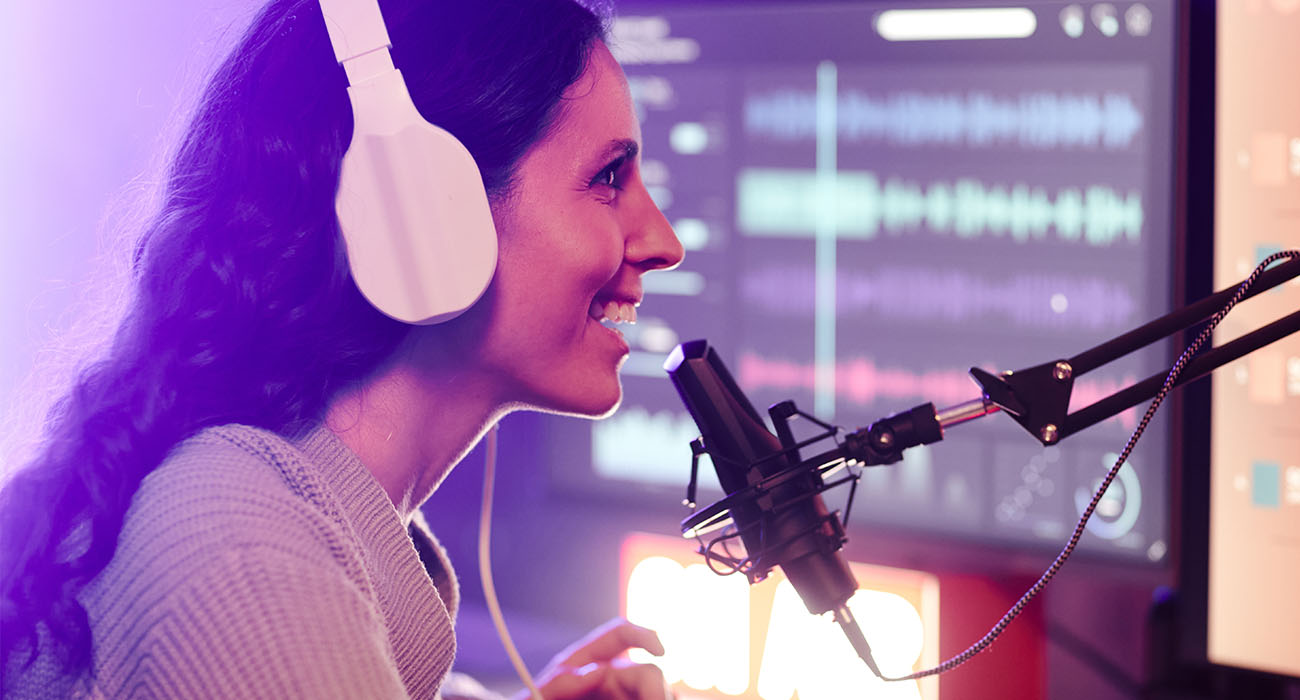
Breaking: Top Pop Star’s Surprise Album Release Sends Fans into Frenzy
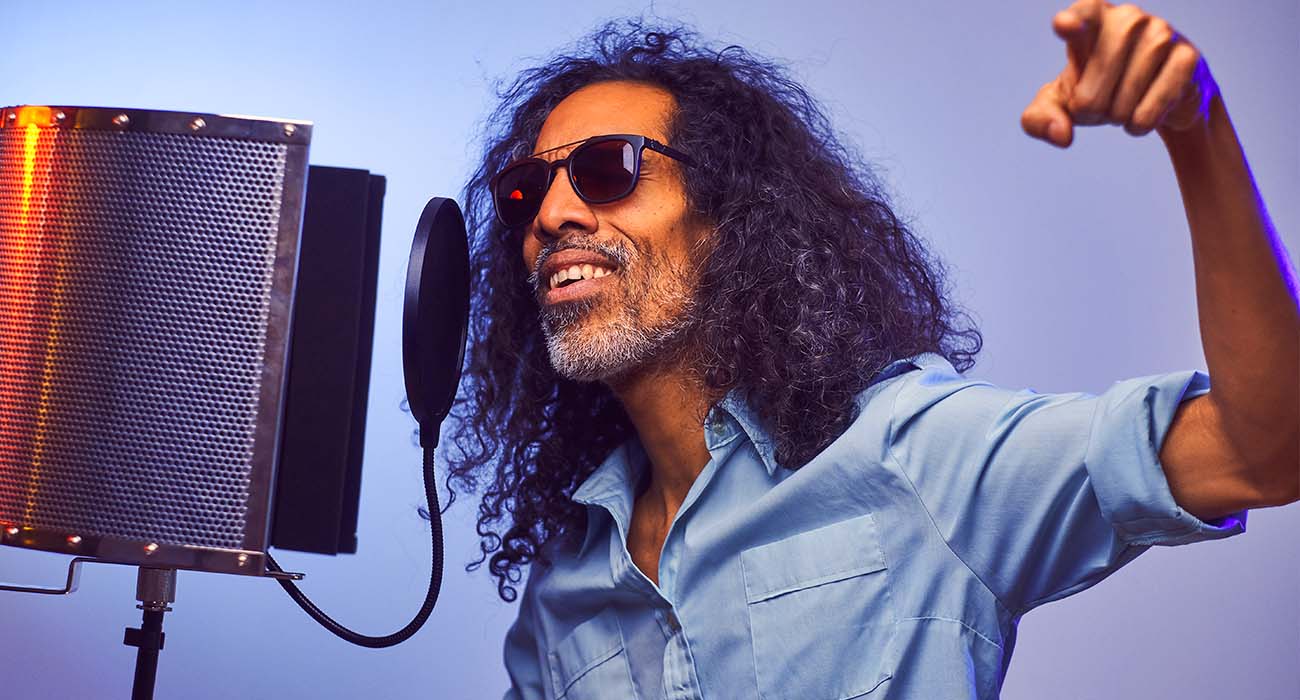
Chart-Toppers Unite: Pop Music’s Biggest Collaborations of the Year
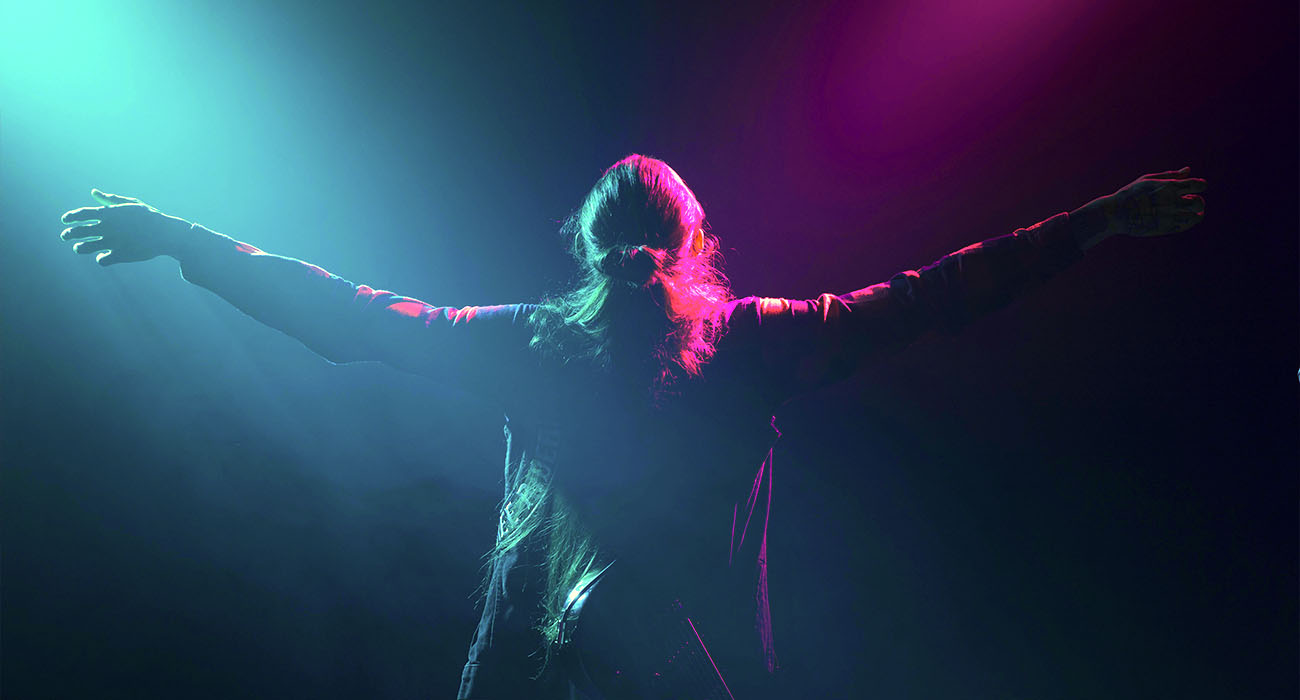
Behind the Scenes: Pop Music’s Hottest Producers and Songwriters
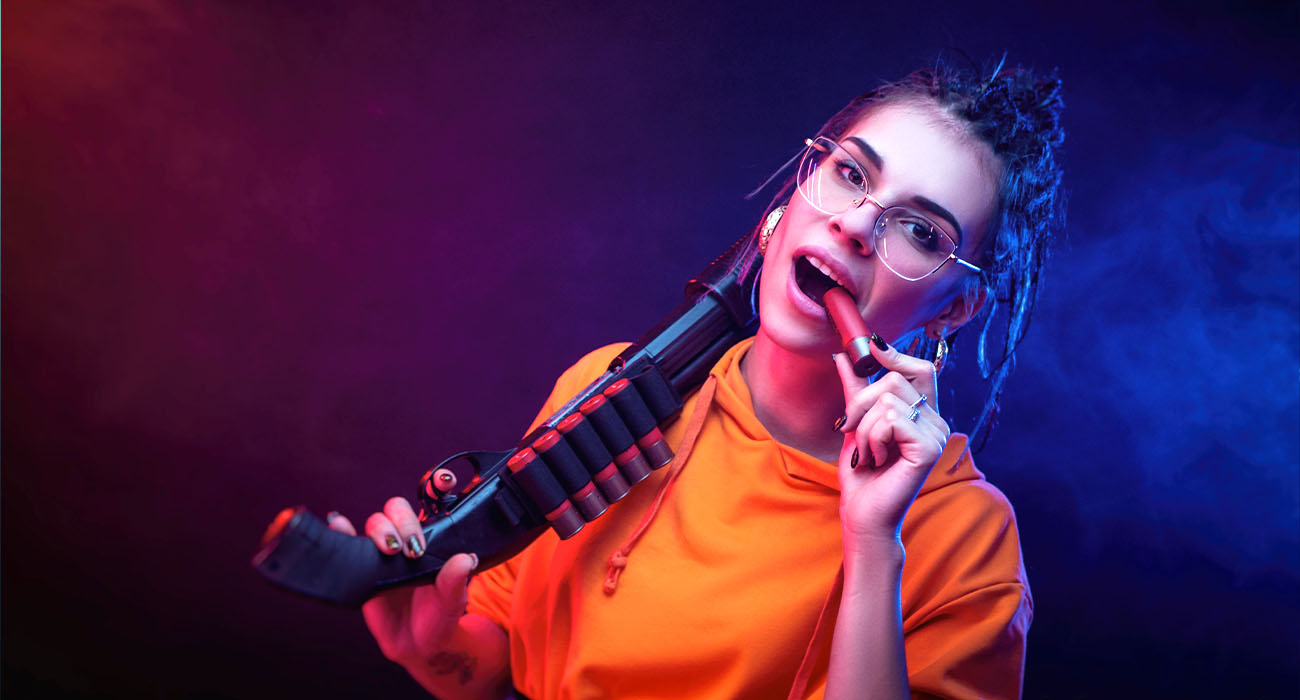
The Rise of K-Pop: How Korean Music Continues to Dominate the Global Scene

Exclusive Interview: Pop Sensation Opens Up About Their New Album and Personal Journey
BUILD YOUR RADIO WEBSITE WITH Pro Radio

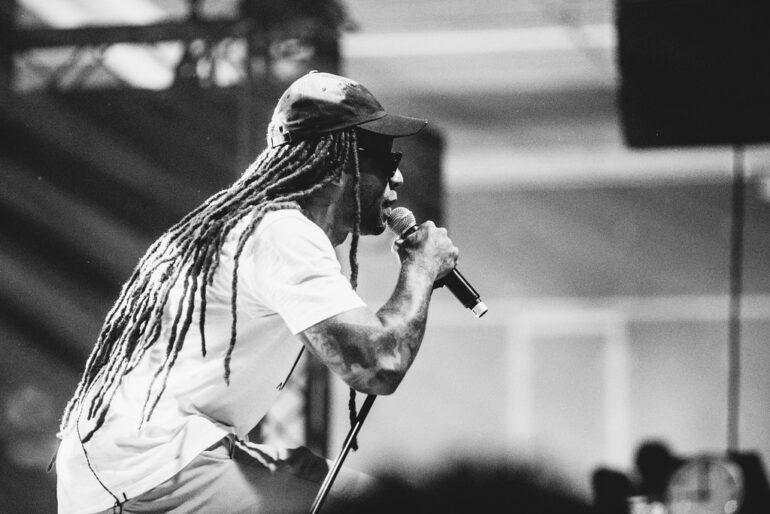
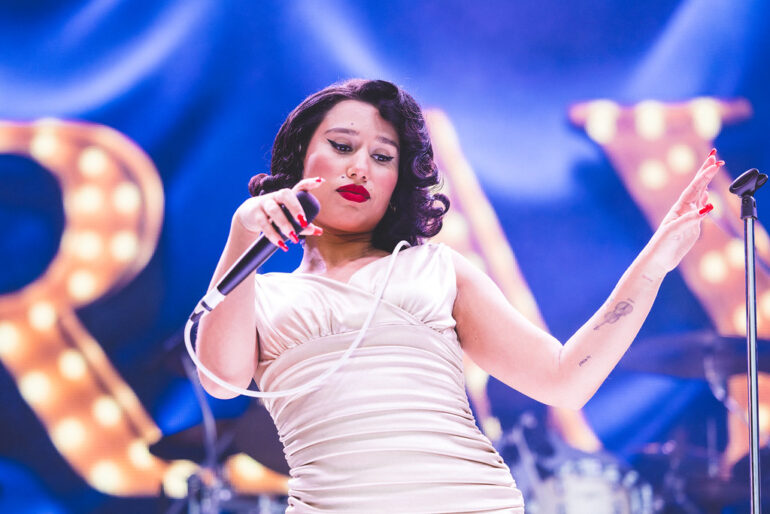
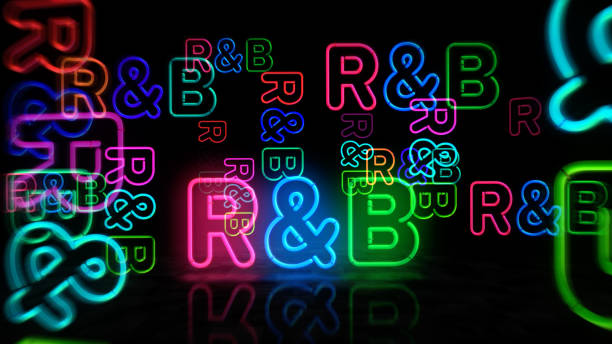
Post comments (0)